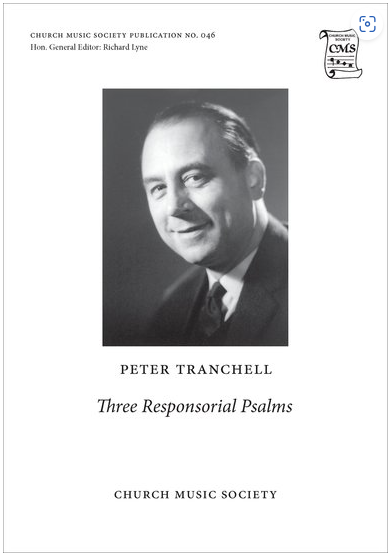Psalm 15
On taking up his post at Gonville and Caius College in 1960, Peter Tranchell inherited a Choir of 12 male voices, made up of tenors, baritones and basses. He quickly realised that singing the psalms to traditional Anglican chant was not satisfactory with a male-voice choir. In The Caian of 1971 he wrote: “Bishop Hugh Montefiore, when Dean of the College, was responsible for the introduction of special musical settings of the psalms, with illuminating refrains. After ten years, the tradition has crystallised into the singing of these settings as a regular item at evensongs on Thursdays.” Although not an admirer of Gelineau’s settings, Tranchell wanted to emulate the responsorial structure with the congregation singing a repeating antiphon between the verses which are sung by the choir. Occasionally, the melody of the psalm or the antiphon is developed from an appropriate plainsong melody, as in Psalm 150. Above all, though, he wanted the music to be attractive and memorable.
Peter Tranchell composed this setting of Psalm 15 in 1962 for unison voices and organ, in E flat.
In 1968 Tranchell simplified/arranged the 1962 versions of Psalms 15 and 126 for publication in New Songs for the Church: Book 1 produced in 1969 by Galliard for the Scottish Churches’ Council which hoped that the use of the book might ‘inject into public worship a new kind of sincerity and gaiety’.
A revised setting in C was written in March 1976, with a greatly altered organ part.
In 2018 this revised setting was published along with Psalms 126 and 133 by CMS, as Peter Tranchell, Three Responsorial Psalms (CMS 046), and copies may be purchased via OUP at https://global.oup.com/academic/product/three-responsorial-psalms-9780193954151?cc=uk&lang=en&
